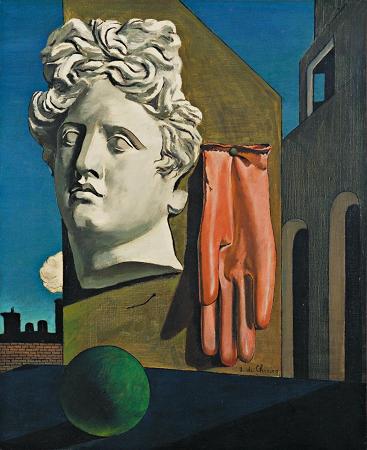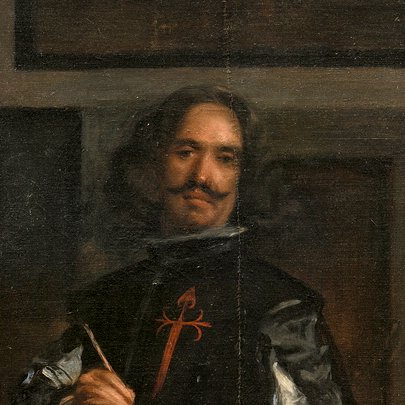Salvador Dali (1904 - 1989). Salvador Dalí was a Spanish surrealist artist renowned for his technical skill, precise draftsmanship, and the striking and bizarre images in his work. Born in Figueres in Catalonia, Dalí received his formal education in fine arts in Madrid. Influenced by Impressionism and the Renaissance masters from a young age, he became increasingly attracted to Cubism and avant-garde movements. He moved closer to Surrealism in the late 1920s and joined the Surrealist group in 1929, soon becoming one of its leading exponents. His best-known work, The Persistence of Memory, was completed in August 1931. Dalí lived in France throughout the Spanish Civil War before leaving for the United States in 1940 where he achieved commercial success. He returned to Spain in 1948 where he announced his return to the Catholic faith and developed his nuclear mysticism style, based on his interest in classicism, mysticism, and recent scientific developments. Dalí's artistic repertoire included painting, sculpture, film, graphic arts, animation, fashion, and photography, at times in collaboration with other artists. He also wrote fiction, poetry, autobiography, essays, and criticism. Major themes in his work include dreams, the subconscious, sexuality, religion, science and his closest personal relationships. To the dismay of those who held his work in high regard, and to the irritation of his critics, his eccentric and ostentatious public behavior often drew more attention than his artwork. His public support for the Francoist regime, his commercial activities and the quality and authenticity of some of his late works have also been controversial. His life and work were an important influence on other Surrealists, pop art, popular culture, and contemporary artists such as Jeff Koons and Damien Hirst. There are two major museums devoted to Salvador Dalí's work: the Dalí Theatre-Museum in Figueres, Spain, and the Salvador Dalí Museum in St. Petersburg, Florida, U.S. Salvador Dalí was born on 11 May 1904, at 8:45 am, on the first floor of Carrer Monturiol, 20 in the town of Figueres, in the Empordà region, close to the French border in Catalonia, Spain. Dalí's older brother, who had also been named Salvador, had died of gastroenteritis nine months earlier, on 1 August 1903. His father, Salvador Luca Rafael Aniceto Dalí Cusí was a middle-class lawyer and notary, an anti-clerical atheist and Catalan federalist, whose strict disciplinary approach was tempered by his wife, Felipa Domènech Ferrés, who encouraged her son's artistic endeavors. In the summer of 1912, the family moved to the top floor of Carrer Monturiol 24. Dalí later attributed his love of everything that is gilded and excessive, my passion for luxury and my love of oriental clothes to an Arab lineage, claiming that his ancestors were descendants of the Moors Dalí was haunted by the idea of his dead brother throughout his life, mythologizing him in his writings and art.
more...













